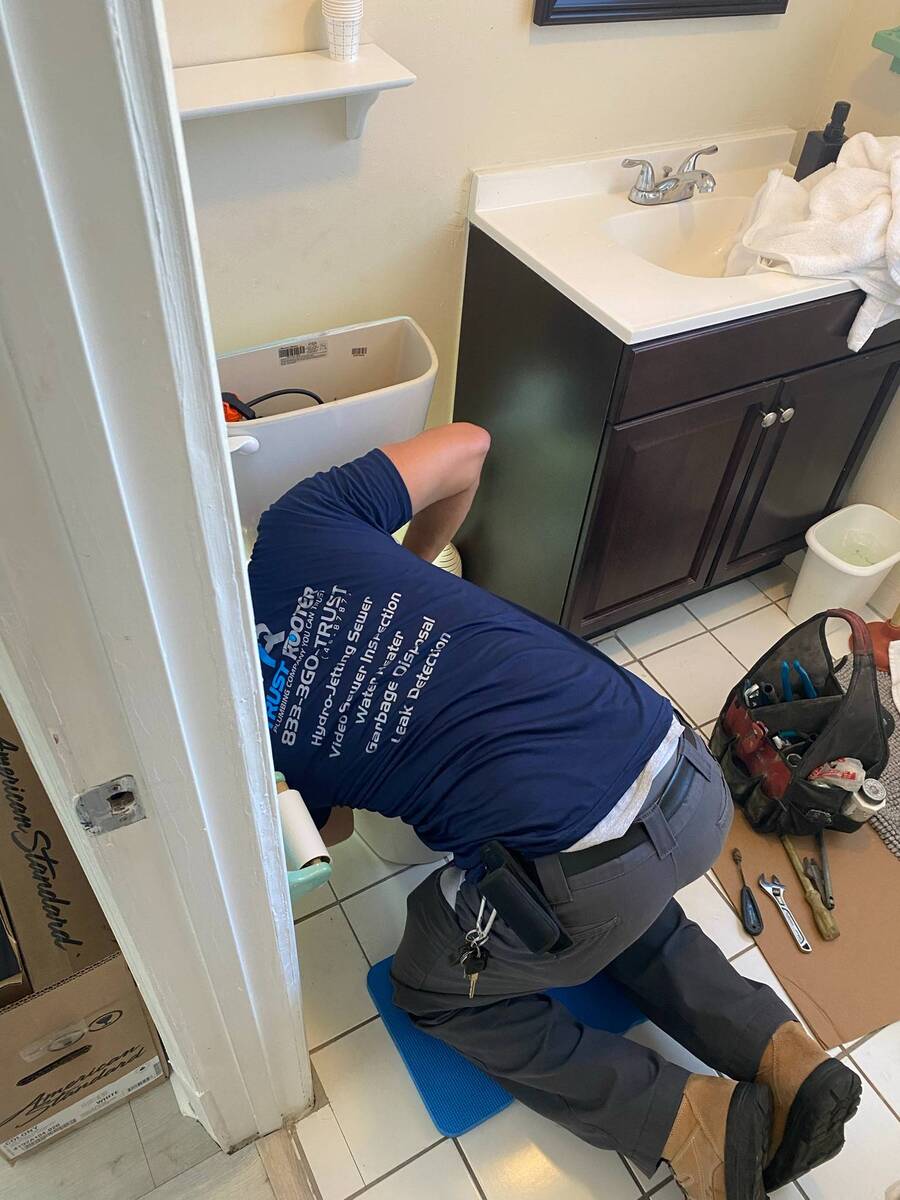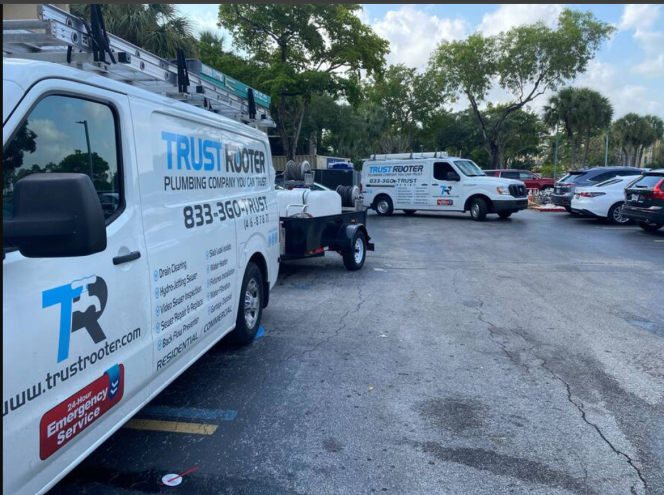Why Is There No Water in My Toilet Tank?
When you flush your toilet, you expect water to fill the tank for the next use. In some instances, the tank may contain little to no water, which may leave you wondering what went wrong. This issue can be frustrating, but it often points to a few common problems.
In this blog post, our professionals from Trust Rooter Plumbing & Drain Cleaning will showcase the possible reasons for this issue and how a dependable plumber can help.
Check the Water Supply Line
A water supply line issue is one of the most common causes of a toilet tank without water. The supply line connects your toilet to the main water system, allowing water to flow into the tank after each flush. If the line is turned off, kinked, or damaged, the water won’t reach the toilet. This is an easy fix in some cases—you can check the valve near the base of the toilet to see if it’s fully open. However, if the line is damaged or if there is a more significant issue, it will be necessary to contact a plumbing repair service to manage the repairs.
Faulty Fill Valve
The fill valve is responsible for regulating the water level in your toilet tank. If the valve isn’t functioning properly, it can prevent water from entering the tank after you flush. By conducting an examination of the fill valve, a plumber can promptly identify this problem. In some cases, a simple adjustment may be all that’s needed to restore proper water flow. In the event that the valve is damaged or worn, it may be necessary to repair or replace the valve in order to restore the functionality of the toilet.
Float Ball Problems
Inside the toilet tank, there’s a float ball that controls the water level. The refill procedure is initiated when the float ball falls during the flushing of the toilet. If the float ball is stuck, positioned too high, or has malfunctioned, it can prevent water from filling the tank properly. Sometimes, adjusting the float ball will be enough to fix the issue; however, if it is damaged, a replacement may be necessary. A professional plumbing service can evaluate whether a new float mechanism or another repair is necessary to restore the normal water levels in your toilet tank.
Clogged Inlet Holes
Another possible cause of no water in the toilet tank is clogged inlet holes. These holes allow water to flow from the fill valve into the tank, and over time, they can become blocked by mineral deposits or debris, especially if you have hard water. If the inlet holes are blocked, the water flow to the tank will be restricted or stopped altogether. These problems can be resolved by a plumber, which will restore the normal flow of water and prevent the need for more extensive toilet repairs.
Leaking Flapper
The flapper is a rubber seal located at the base of the tank that regulates the flow of water into the basin. If the flapper isn’t sealing correctly, water may constantly leak into the bowl, preventing the tank from filling properly. The function of your toilet can be restored by replacing an aged or misaligned flapper, which is a straightforward process. However, if your toilet is old and has other issues along with the flapper, a professional may recommend a toilet replacement to avoid frequent future repairs.
Need a Reliable Company?
Are you in need of a toilet repair? Luckily, we at Trust Rooter Plumbing & Drain Cleaning have dedicated workers ready at your service. Contact our representatives for more questions.



 Oct 27,2024
Oct 27,2024


